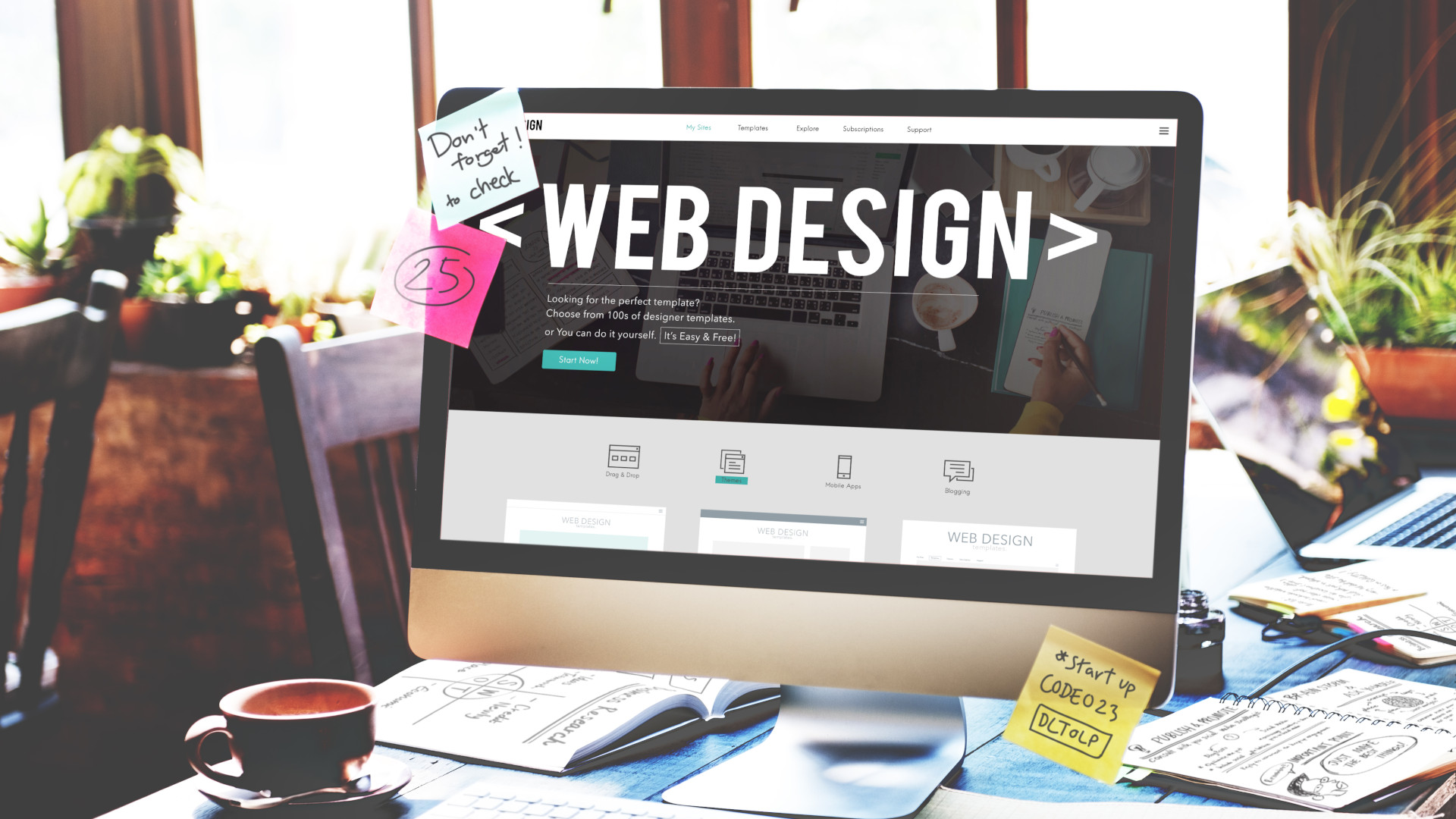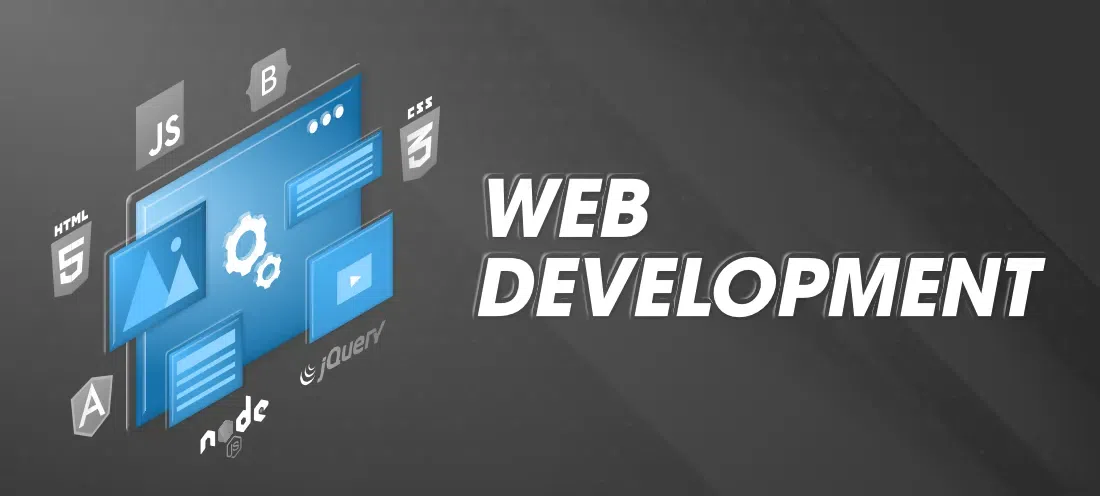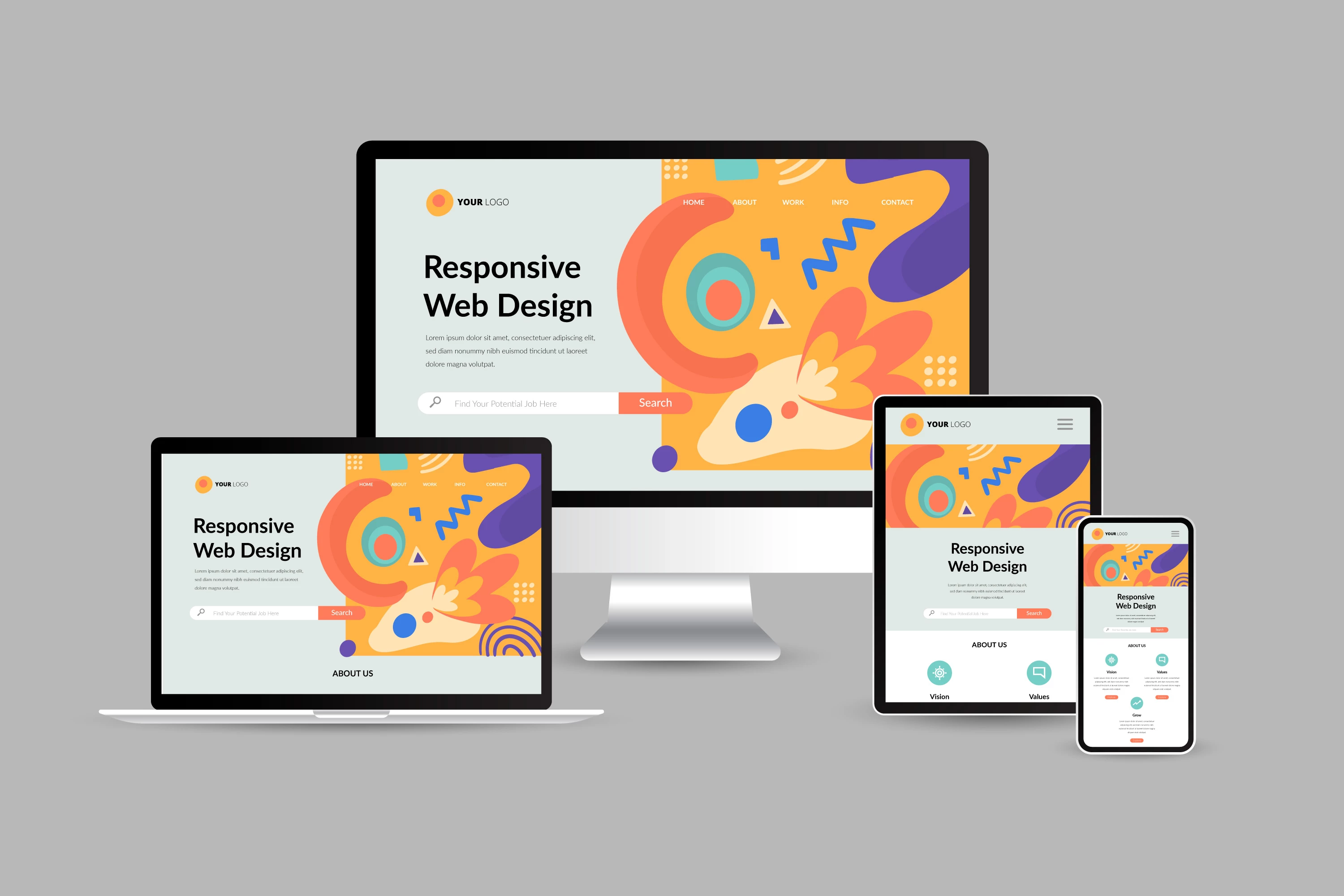Aligned Position Web Design: Comprehensive Web Design Solutions for Small and Large Businesses
Aligned Position Web Design: Comprehensive Web Design Solutions for Small and Large Businesses
Blog Article
The Most Effective Kinds Of Web Design to Improve Customer Experience and Interaction
In the ever-evolving landscape of digital interaction, the performance of website design significantly affects customer experience and interaction. Numerous design techniques, such as minimal, responsive, and interactive formats, each offer one-of-a-kind benefits that can accommodate varied customer needs. Comprehending which kinds of website design finest offer these objectives can be essential for organizations aiming to improve consumer satisfaction and retention. The inquiry continues to be: which design elements genuinely reverberate with customers and foster purposeful engagement? The exploration of these principles exposes important insights that may redefine your technique to website design.
Minimal Web Style
As digital landscapes end up being significantly chaotic, minimalist Web design has become a powerful technique to improving individual experience. This design viewpoint focuses on simpleness, concentrating on necessary elements while eliminating unnecessary interruptions. By using enough white space, uncomplicated navigating, and a minimal shade palette, minimalist design fosters quality and routes customer focus to vital content.
The core principle of minimalist Web style is to produce a smooth communication for users. By reducing cognitive lots, individuals can swiftly realize info without feeling bewildered. This direct strategy not only improves functionality but additionally motivates involvement, as site visitors are more most likely to explore a website that is easy and aesthetically appealing to browse.
Additionally, minimal design often emphasizes typography and images, making use of these components purposefully to convey messages properly. This concentrate on crucial elements can boost brand identification and create an unforgettable customer experience. Basically, minimal Web style is not simply a trend; it is a thoughtful method that identifies the significance of user-centered layout. By removing supplementary elements, developers can create a much more interesting, reliable, and pleasurable Web experience for all customers.
Responsive Web Style
In today's varied electronic setting, receptive Web design has ended up being necessary for developing a smooth customer experience throughout a plethora of tools. As customers access websites on smartphones, laptop computers, tablet computers, and desktop computers, the ability of a site to adapt its layout and web content to various display dimensions and resolutions is vital.
Receptive website design employs flexible grids, images, and CSS media questions to make certain that Web content is provided optimally, no matter the tool made use of. This technique not only enhances the visual allure of an internet site yet likewise considerably improves use. Customers are most likely to involve with a website that uses a constant experience, as it eliminates the disappointment of having to zoom in or scroll excessively.
Furthermore, internet search engine, consisting of Google, focus on mobile-friendly websites in search rankings. By adopting responsive design, organizations can boost their presence and get to a wider audience. This approach additionally streamlines web site upkeep, as a single variation of the site can accommodate all tools, minimizing the requirement for multiple versions. In recap, responsive website design is a basic method that enhances individual experience, engagement, and general satisfaction.
Interactive Website Design
Receptive Web style prepares for enhancing user experience, however interactive website design takes this a step additionally by involving users in a more dynamic method - Aligned Position Web Design. By incorporating elements such as animations, clickable models, and real-time responses, interactive Web design astounds users, attracting them right into a richer surfing experience
This approach not only promotes interaction however also motivates individuals to check out material proactively instead of passively eating it. Strategies such as gamification, where users earn rewards for completing tasks, can significantly enhance the time invested in a site and improve overall complete satisfaction. Moreover, interactive functions can streamline complicated info, Read More Here making it much more digestible and pleasurable.

Integrating interactive layout elements can likewise bring about higher conversion rates, as customers are more probable to engage with a site that actively entails them. Aligned Position Web Design. Ultimately, interactive website design changes user experiences into remarkable journeys, making sure that site visitors return time and again
Flat Layout
Characterized by its minimalistic method, flat layout emphasizes simplicity and functionality, stripping away unnecessary elements and focusing on vital attributes. This style ideology focuses on functionality, making sure that customers can browse user interfaces easily and performance. By employing a tidy visual, level layout removes the mess commonly located in a lot more luxuriant designs, therefore boosting customer concentrate on material and capability.
The trademark of flat design hinges on its use strong colors, easy typography, and geometric shapes. These aspects add to a visually attractive interface that is both friendly and modern. Furthermore, flat style fosters a feeling of quality, enabling users to discern essential activities and info without diversion.
Additionally, flat design is particularly effective in responsive Web design, as its simpleness translates well throughout different tools and screen dimensions. The lack of intricate appearances and gradients decreases packing times, which is essential for keeping individual engagement. As electronic landscapes continue to progress, level style continues to be an appropriate selection for producing user-friendly web sites click to read that enhance general experience. By concentrating on vital attributes, flat layout not only satisfies customer needs yet also motivates smooth interaction, making it a crucial part of effective Web layout techniques.
Flexible Web Layout
Adaptive Web design personalizes the individual experience by developing numerous repaired designs customized to various display dimensions and devices. Unlike responsive design, which fluidly changes a single format, flexible layout employs unique formats for specific breakpoints, making sure optimum discussion on various platforms. This approach allows designers to concentrate on the one-of-a-kind features of each tool, boosting use by providing exactly what individuals need based on their context.
Among the key benefits of flexible Web design is its ability to optimize lots times and efficiency. By serving tailored content and photos that fit the customer's gadget, sites can reduce data use and enhance loading speeds. This is particularly beneficial for customers with slower links or restricted data plans.

Furthermore, flexible design assists in a more controlled and regular branding experience. Given that designers produce numerous layouts, they can make sure that the aesthetic elements line up with the brand name's identification throughout different platforms - Aligned Position Web Design. This leads to a natural customer experience, enhancing interaction and advertising customer retention
Conclusion
Finally, the combination of minimal, receptive, and interactive website design principles substantially boosts user experience and engagement. Minimalist style promotes clearness and emphasis, while receptive layout makes certain adaptability across various devices, promoting ease of access. Interactive style mesmerizes customers via vibrant components, urging expedition and customization. Jointly, these style comes close to contribute to the development of easy to use atmospheres that not only improve complete satisfaction however likewise drive higher conversion rates, underscoring their critical importance in this article modern Web style methods.

Minimalist style promotes clearness and emphasis, while receptive style makes certain adaptability across various devices, promoting availability. Jointly, these layout comes close to add to the production of straightforward settings that not just boost contentment yet additionally drive greater conversion prices, highlighting their important value in modern Web design techniques.
Report this page